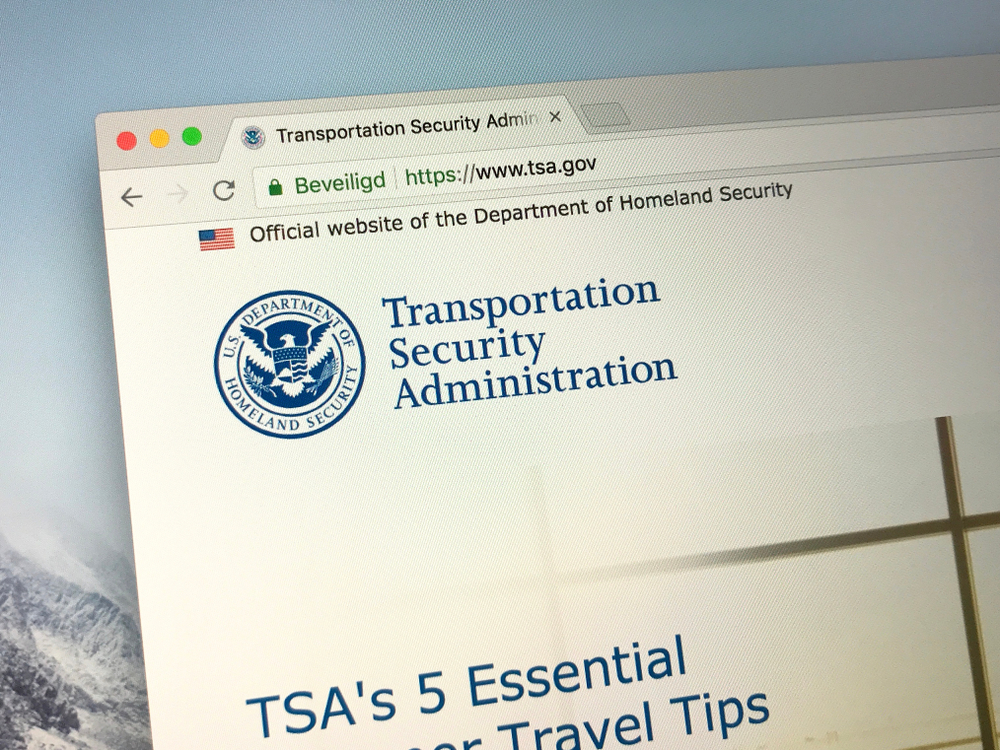
The U.S. Government Accountability Office (GAO) recently released 10 recommendations to the Transportation Security Administration (TSA) administrator regarding pipeline security efforts.
The nation’s interstate pipeline system, which spans more than 2.7 million miles, is used to transport oil, natural gas, and hazardous products through both rural and urban areas.
The system is mainly computerized, making it a target for terrorists and hackers. It also is vulnerable to operating errors and accidents.
In March, the TSA revised its Pipeline Security Guidelines to incorporate most of the principles and practices recommended by the National Institute of Standards and Technology.
“TSA’s revisions do not include all elements of the current framework, and TSA does not have a documented process for reviewing and revising its guidelines on a regular basis,” the GAO analysis said. “Without such a documented process, TSA cannot ensure that its guidelines reflect the latest known standards and best practices for physical security and cybersecurity, or address the dynamic security threat environment that pipelines face. Further, GAO found that the guidelines lack clear definitions to ensure that pipeline operators identify their critical facilities.”
Recommendations include developing a strategic workforce plan for the TSA’s Security Policy and Industry Engagement’s Surface Division.




